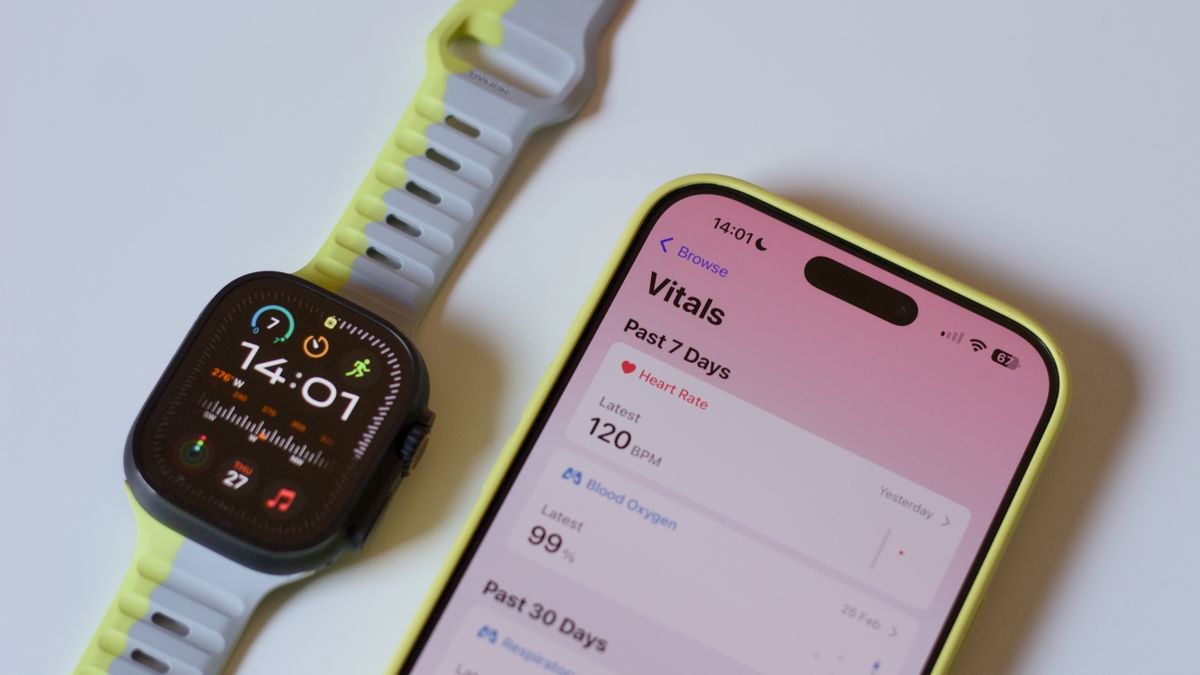
Apple Watch blood pressure monitoring tech revealed in patent
- 18.03.2025 15:24
- techradar.com
- Keywords: Blood Pressure Monitoring, Patent
Apple has patented a liquid-filled sensor for blood pressure monitoring in its Apple Watch, aiming to enhance accuracy over traditional methods. The technology is still in early stages and may not appear in near-term product releases.